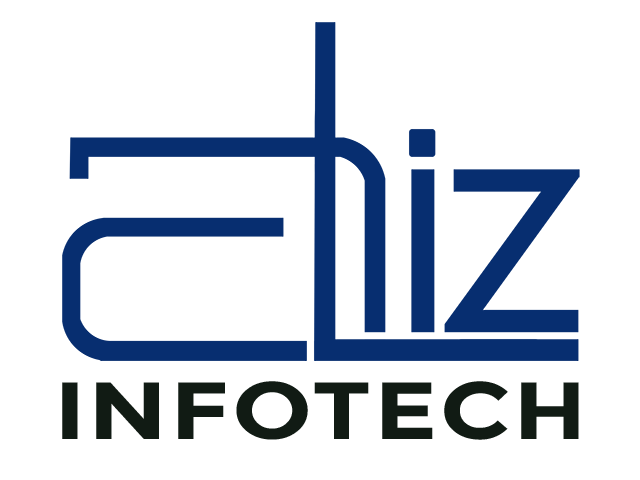TYPES OF LIGHT MANAGEMENT SYSTEM
A. Standalone Sensors: As the name suggest these are standalone sensors, a combination of Occupancy (PIR, Ultrasonic, Microware Technologies). Each sensor is independent and it is a very economical solution.
B. Honeywell Wireless LMS: It consists of a distributed network of sensors, a combination of Occupancy (PIR), Ambient (Lux + Temperature + Humidity) Sensors from which data over the office space is collected by the controllers and wirelessly communicated till the gateway. This information is fed to an on the premise server machine which can be integrated with any BMS via BACnet over IP or Cloud. This information is used for both distributed and central decision-making, providing ease to the user and the facility owner/enterprise. This solution is designed to ease the process of lighting management and key analytics could help you improve the office, employee and space productivity while ensuring energy efficiency.
C. Honeywell Managed Lighting System (wired LMS): Lighting Control product range aims at Energy Saving and Intelligence in the Building lighting. The products & System are mainly suitable for Non- Residential Commercial spaces and targeted specifically towards achieving maximum energy savings on lighting energy consumption and intelligence in Building lighting. It can even achieve light dimming if put on dimmable ballasts of any type. mainly for daylight based lighting management and artificial dimming for Conference room Scene Management etc. The product proposition aims at Energy Saving on Lighting load based on occupancy and Daylight. It can be classified as Networked Lighting controls based on the Communication bus.
SYSTEM FATURES
1. Daylight Based Light Regulation + Occupancy based lighting management achievable thru single product proposition
2. Ensuring the right level of light for functional quality
3. Zoning and Grouping of Lighting as per work Group and Occupancy requirements
4. Linking of zones facilitates minimum Safety lights in Common Zone depending upon individual work zone occupancy.
5. Work Group definition and linking independent of Power Wiring Circuits.
6. Individual as well as Zonal Dimming with the help of manual overrides to suit the individual requirements of lighting.
7. Creation of Scene Setting thru dimming of lights within the zone to suit a Conference room application.
8. Works on Distributed intelligence hence fewer chances of entire system failure.
9. Integration of various lightings on one uniform platform to achieve best-customized lighting requirement as well as uniform system support
10. System scalable to 20000 sensors on a uniform platform thereby can take care of Building-wide lighting installations.
11. Robust to install and maintain since no software or centralized control required
12. Easy & simple wiring: Simple two-wire bus for communication
13. Multirrammable features which can be commissioned and recommissioned as per changing requirements
14. Programming thru Simple Remote InfraRed programmer.
15. Overrides thru BMS Outstation, Fire /Intruder Alarm System, as well as volt free Global Commands, can be integrated.
16. Low Maintenance, Best ROI calculations suitable to project.
